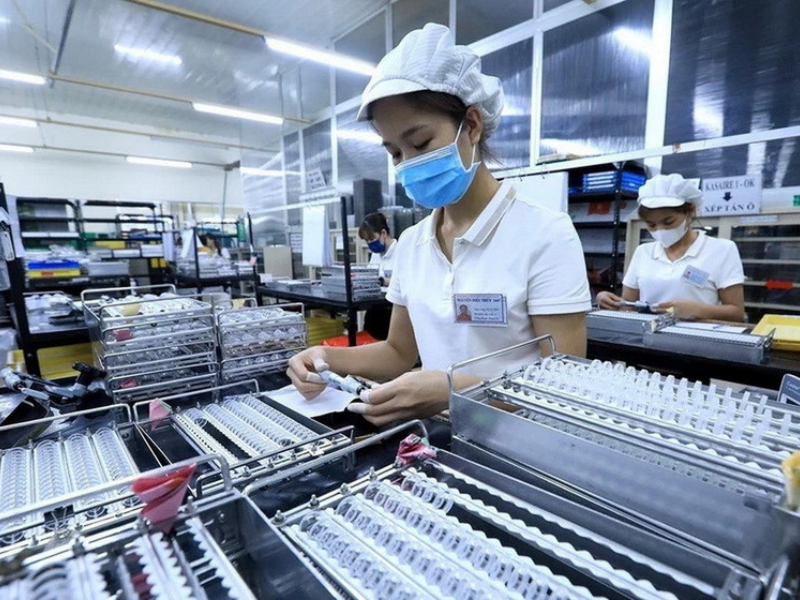Contents
Vietnam FDI is captivating global investors with its impressive growth trajectory. As a dynamic economy in Southeast Asia, Vietnam has positioned itself as a prime destination for foreign direct investment (FDI). Recent data shows inflows reaching $38.23 billion in 2024, up from $36.61 billion in 2023. Moreover, the first half of 2025 recorded $21.51 billion, marking a 32.6% year-on-year increase. This surge underscores Vietnam’s appeal amid shifting global supply chains. In this article, we explore the key factors driving Vietnam FDI and opportunities for international investors.
Key Drivers Behind Vietnam FDI Success
Several elements contribute to Vietnam’s rising status in attracting FDI. First, the country’s economic resilience stands out. Projections indicate annual growth of 5-6%, fueled by robust consumption, exports, and investments. Political stability further enhances predictability, which is crucial for long-term commitments.
Additionally, Vietnam boasts a demographic edge. With a workforce of about 53 million and an average age of 34.1, it offers a young, skilled labor pool. This makes it ideal for industries like electronics and textiles. For instance, government reforms, such as the 2020 Investment and Enterprise Law, streamline processes for investors.
Trade agreements amplify these advantages. The EU-Vietnam Free Trade Agreement (EVFTA) is set to boost exports to Europe by 42.7% by 2025. Similarly, participation in CPTPP and RCEP opens doors to vast markets. As a result, Vietnam serves as a strategic gateway for global operations.
Sector Opportunities in Vietnam FDI
High-tech sectors are drawing significant Vietnam FDI inflows. Investments from Japan, South Korea, and Singapore target AI and semiconductors. This positions Vietnam as a vital player in global electronics and telecom supply chains. Experts note that such focus enhances technological capabilities and creates high-value jobs.
Real estate also presents lucrative prospects. Improved infrastructure and business policies attract developers. For example, urban projects in Hanoi and Ho Chi Minh City offer high returns. Meanwhile, renewable energy gains traction, supported by government incentives for sustainable development.
To illustrate the appeal:
- Manufacturing Dominance: Accounts for the largest FDI share, with exports nearing $259 billion in 2023 from FDI firms.
- Geographic Advantages: Proximity to major markets reduces logistics costs.
- Policy Support: Tax incentives and streamlined regulations encourage reinvestment.
These sectors not only promise growth but also align with global trends toward sustainability and innovation.
Insights for Foreign Investors in Vietnam FDI
From an investor’s perspective, Vietnam FDI offers competitive edges over regional peers. Labor costs remain lower than in Thailand or Malaysia, while skill levels rise through education initiatives. However, challenges like infrastructure bottlenecks exist, though ongoing upgrades mitigate them.
Market data from reliable sources reinforces optimism. According to the World Bank, Vietnam’s economy could expand faster with continued reforms. Investors should monitor latest FDI statistics to time entries effectively.
In summary, Vietnam’s blend of economic vitality, strategic policies, and sector strengths cements its role as an ASEAN FDI leader. For those eyeing long-term gains, now is an opportune moment to engage.
Ready to start your journey in Vietnam? Whether you’re seeking seamless Migration Services, visa, a work permit, or Real Estate Services such buyer agents, management, development. Our expert team at Migration and Investment Link is here to guide you every step of the way. Don’t miss out—leave your details now for A FREE CONSULTATION and let us turn your Vietnam dreams into reality!





Join The Discussion